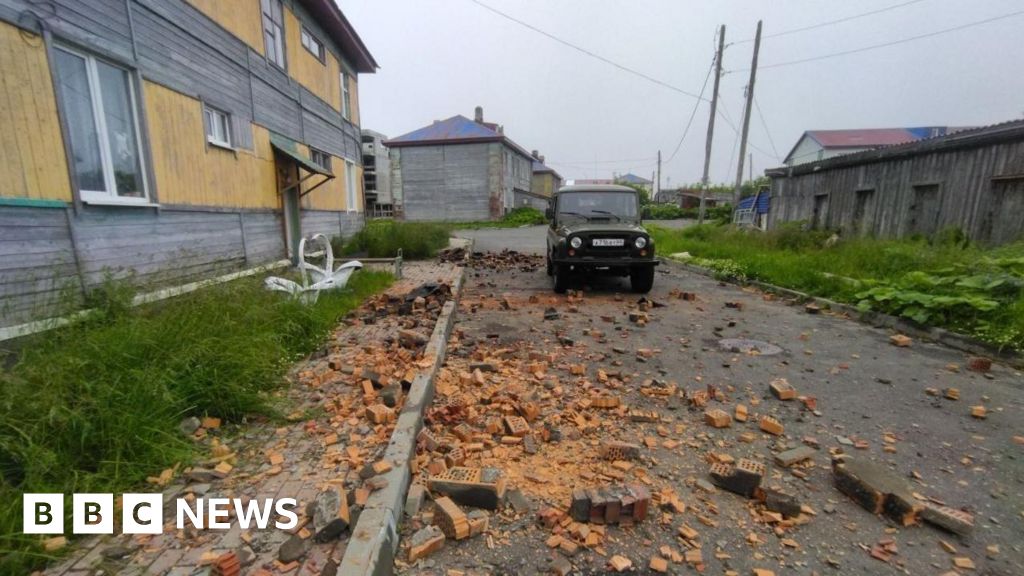
On Wednesday, an 8.8-magnitude earthquake struck eastern Russia, raising alarm bells for coastal populations across the Pacific. Concerns echoed memories of devastating tsunamis from past events, specifically those in the Indian Ocean in 2004 and Japan in 2011. Despite the intensity of the quake, the resulting tsunami has not caused catastrophic damage, sparking curiosity about the reasons.
The earthquake occurred near the Kamchatka Peninsula, situated within the “Pacific Ring of Fire,” a region known for its significant seismic activity. The tectonic setting involves the Pacific plate moving north-west and interacting with the Okhotsk microplate. Typically, the Pacific plate sinks beneath the less dense microplate, but friction can cause stress to build up until a megathrust earthquake occurs.
According to Dr. Stephen Hicks from University College London, the extensive area involved in such earthquakes results in a substantial magnitude. While this particular quake did displace water and create tsunami waves, their height was relatively moderate—around 4 meters (13 feet) in some regions of eastern Russia. This is significantly lower than the waves that followed previous cataclysmic events.
Factors such as coastal geography and underwater topography also play vital roles in tsunami impact, as illustrated by the current event. Although tsunami waves can reach impressive speeds in deep waters, they slow and grow taller when nearing shore. However, this does not guarantee destructive effects, which explains why the recent events have not led to disaster on the scale that some feared.
Source: www.bbc.com






